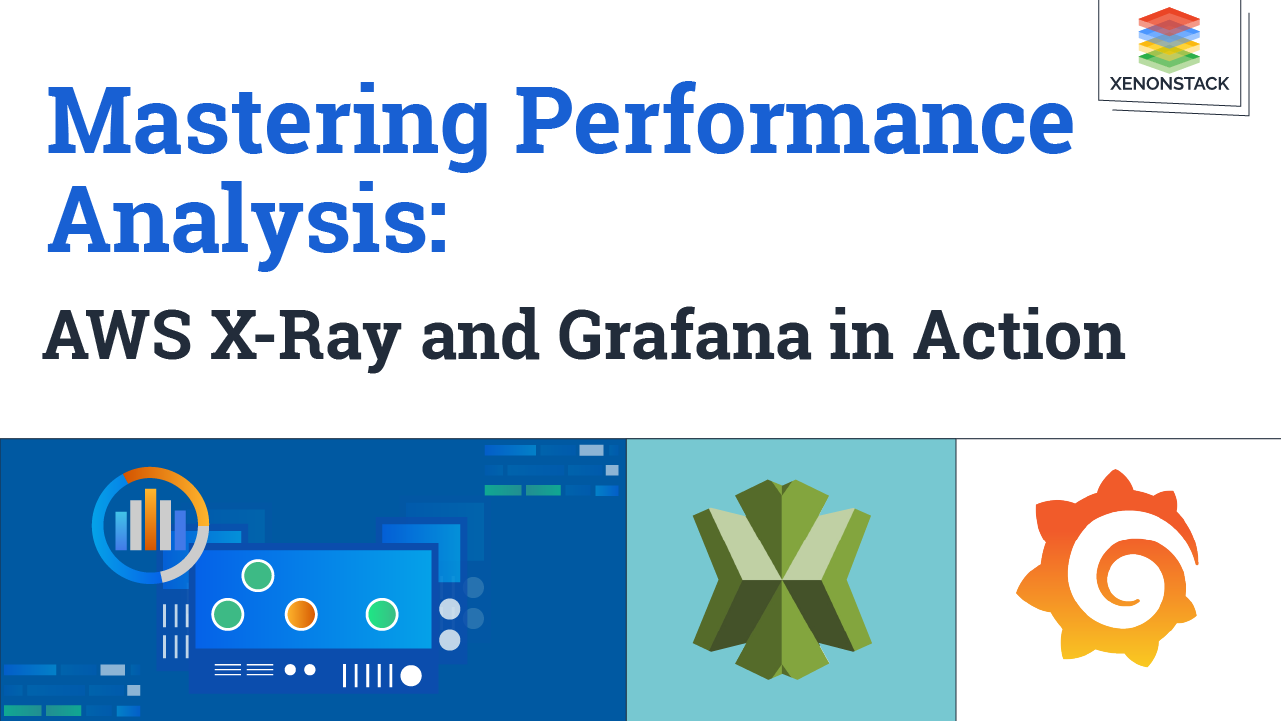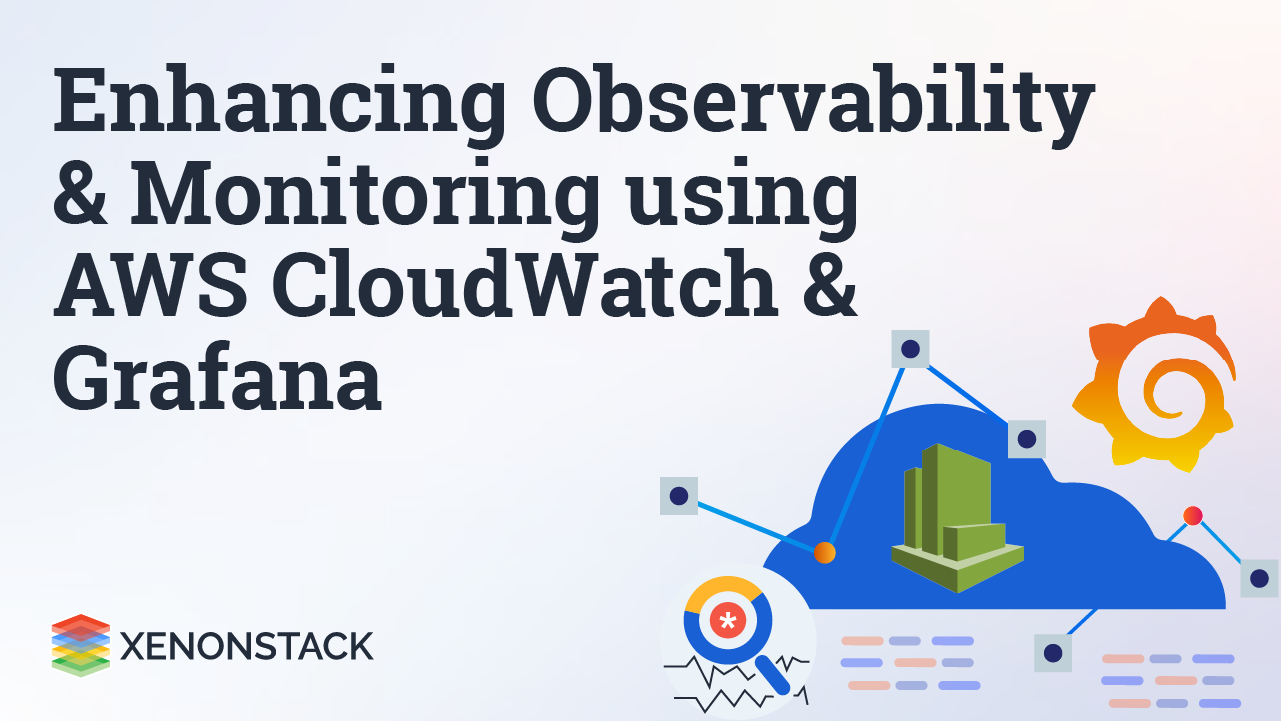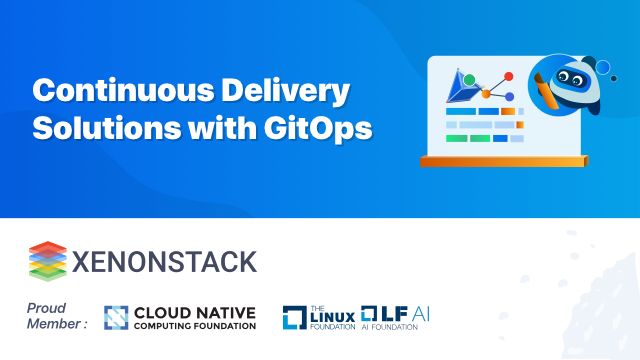What is Forecasting?
It is a technique for predicting the future based on previous data. It involves a detailed analysis of past and present trends or events to predict future events. It uses statistical tools and techniques, so it is also called Statistical analysis. In other words, it acts as a planning tool that helps enterprises prepare for the uncertainty that can occur in the future. It begins with management's experience and knowledge sharing.
To obtain the most numerous advantages from forecasts, organizations must know the different methods and more subtle details. Also, understand what an appropriate method type can and cannot do and what forecast type best suits a specific need. Let's list down some significant benefits of forecasting:
-
Better utilization of resources
-
Formulating business plans
-
Enhance the quality of management
-
Helps in establishing a new business model
-
Helps in making the best managerial decisions
Instead of performing predictive analysis manually, predictive analysis tools are made more accessible. Taken From Article, Predictive Analytics Tools and its Benefits
What is Prediction?
Prediction is using the data to compute the Outcome of the unseen data.
How does Prediction work?
Firstly, daily data is fetched from the market once a day and updated in the database. Now, the prediction cycle and learning are developed using newly combined data. Historical data is collected, and the learning and prediction cycle are developed to generate the results. The prediction results are obtained through various periods, such as two days, four days, 14 days, etc.
What is the Difference between Prediction and Forecasting?
Prediction is the process of estimating the outcomes of unseen data. Forecasting is a sub-discipline of prediction in which we use time-series data to forecast the future. As a result, the only distinction between prediction and it is that we consider the temporal dimension.
Confusing? So, do we forecast the weather or predict the weather? Consider this: What are the chances that it will continue to rain in five minutes if it already rains? Since it is raining right now, regardless of any other factors that affect the weather (such as air pressure and temperature), the chances of it raining again in five minutes are high. Right? The temporal dimension is whether it is raining right now or not. Without that forecasting the next 5 mins wouldn't make much sense.
Helping enterprises to cost savings, greater predictability, and improved availability of the systems. Click to explore about, Predictive Maintenance using Machine learning
What is the importance of Predicting?
Prediction of labour, material and other resources is highly crucial for operating. If the services are Predicted better, then a balanced workload sheet may be appropriately planned before. Therefore, it benefited in a variety of ways, such as -
-
Provides reliable and relevant information about the present and past trends and future predictions that help in planning better
-
Alerts to face the challenges of future events
-
Helps in the use of production facilities efficiently
-
It gives the confidence to make important decisions
-
Helps in the handling of uncertainty efficiently
-
Provides better services for customers
-
Helps to utilize capital and resources efficiently
-
Optimized the design of facilities and operation systems
Accuracy is essential for every industry manufacturer, retailer, and distributor. The critical benefits are -
-
Increased customer satisfaction
-
Efficient optimization of inventory
-
Better planning to reduce stock out and overstock
-
Efficient Production Scheduling
-
Reduce the safety stock requirement
-
Lowering the cost of near-expiry products
-
Improvement in pricing and promotion management
How to enable Forecasting?
A successful forecasting platform results from collaboration between the corresponding manager and forecaster. Therefore, clear three main queries to choose the best technique for the particular problem.
-
Determine the process of using the technique required to determine the accuracy and extent to which methods can meet the requirements for solving the problem.
-
Explore the system's dynamics and components to which forecasting is applied. This helps simplify the relationship between the system elements. Thus, the forecaster can develop the model to extract the facts and logic of the given situation, which are highly important.
-
Determine the past's importance for estimating the future. Moreover, Current changes may change the overall patterns, and these changes can increase after a long period.
Time Series Analysis For Business Forecasting helps to forecast/predict the future values of a critical field which has a potential business value in the industry. Click to explore about, Time Series Analysis and Machine Learning
What are the types of Forecasting Methods?
There are basic 3 types of forecasting methods
-
Qualitative techniques
-
Time Series Analysis
-
Causal models
| Qualitative techniques |
Time Series Analysis |
Causal models |
| Delphi Method |
Moving Average |
Regression Model |
| Market Research |
Exponential Smoothing |
Input-output Model |
| Historical Analogy |
Trend Projections |
Life Cycle Analysis |
| Visionary Forecast ting |
Box-Jenkins |
Econometric Model |
Five famous techniques are discussed below.
-
Qualitative Methods—Where historical evidence is unavailable, qualitative techniques are sufficient. They are subjective and based on the opinions and judgments of consumers and experts. They are typically used to make moderate or long-term decisions.
-
Quantitative Methods—Its future data as a result of historical data is done using quantitative forecasting. If historical numerical evidence is available and it is fair to conclude that any of the characteristics in the data will persist into the future, they are suitable to use.
-
Moving Average - All future values are predicted to be equal to the mean of the previous data.
-
Naive Method—The previous month's actuals are used as the projection for this period without any adjustments or attempts to identify causal factors. The Naive Method is used for economic and financial time series.
-
Drift Method - Allowing predictions to rise or decrease over time is a variant of the nave process, with the amount of change over time (called the drift) fixed to the average change observed in the historical records.





